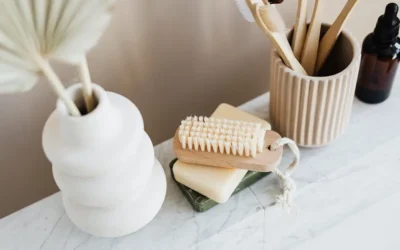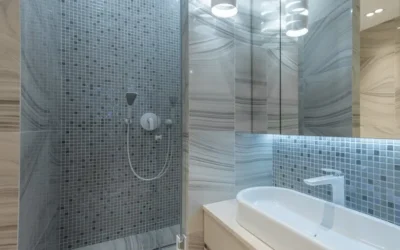Managing a budget while considering home improvements can be a daunting task. You want to make impactful changes without overspending. This guide will help you identify the most important areas to focus on, ensuring that you get the best bang for your buck.
Assess Your Current Home’s Needs
Before jumping into any home improvement projects, take a step back and assess your current home’s needs. Consider what repairs are immediately necessary to maintain safety and function. For instance, if your roof has leaks or your plumbing is problematic, those should be at the top of your list. Ignoring these issues can lead to more significant and expensive problems down the line.
Additionally, think about your lifestyle and how your space is currently serving you. Do you need more storage? Is your kitchen cramped? Reflecting on how you use your home can guide you toward efficient improvements. Maybe a small renovation to add built-in shelves could make a significant difference.
Finally, prioritize based on impact versus cost. Some updates, like fresh paint or new hardware, can give your home an immediate facelift without breaking the bank. By making a list of what needs attention and categorizing them based on urgency and impact, you can create a clear renovation roadmap.
Focus on Energy Efficiency
One of the smartest ways to enhance your home on a budget is by focusing on energy efficiency improvements. These changes not only help the environment but can also lead to substantial savings on your utility bills. Start by assessing areas where you may be losing energy, such as drafty windows and poorly insulated walls.
Installing weather stripping on doors and windows is a relatively low-cost fix that can make a considerable difference in maintaining your home’s temperature. You might also want to consider upgrading to energy-efficient appliances. While these can require a higher initial investment, they tend to pay for themselves over time through reduced energy consumption.
Additionally, implementing programmable thermostats is another cost-effective method. With this technology, you can easily manage your heating and cooling, ensuring they operate only when needed. Energy efficiency improvements are a wise investment, as they not only enhance your home comfort but also increase your property value.
Consider Curb Appeal Enhancements
First impressions matter, especially when it comes to your home. Enhancing curb appeal is an excellent way to make a positive impact without spending a fortune. Start with maintaining your landscaping; simple tasks like mowing, trimming, and planting colorful flowers can give your home a fresh look.
Don’t forget about your front door! A new coat of paint or replacing hardware can create an inviting appearance. If your budget allows, consider adding outdoor lighting; it adds warmth and highlights your home during the evening hours. These small details add charm and can draw the eyes of potential buyers if you’re considering selling.
When assessing curb appeal, look at the overall exterior of your home. Is the siding clean? Are there cracks or peeling paint? Often, a simple pressure wash or coat of paint can breathe new life into your home’s exterior. Small changes add up, and you’ll be surprised at how much these touches can change the way your home is perceived.
Update Essential Areas Like Kitchen and Bathrooms
The kitchen and bathrooms are two essential areas that can significantly impact your home’s value and functionality. Start with the kitchen; focus on small updates, such as painting cabinets or adding new hardware and backsplashes. Such changes don’t cost a lot but can transform the space into something modern and fresh.
In the bathroom, consider re-grouting tiles or replacing old fixtures. These projects are typically inexpensive and can refresh the room’s appearance dramatically. If you have a bit more to spend, updating lighting or installing a new vanity can create a more inviting atmosphere.
Additionally, consider energy-efficient upgrades in these essential areas. Installing low-flow faucets and showerheads can help conserve water and lower your utility bill. Overall, targeting these spaces with thoughtful improvements can greatly enhance your home’s enjoyment while also adding value.
Make Use of Cost-Effective DIY Projects
DIY projects are not only fun but also an excellent way to save money on home improvements. Many tasks that might appear daunting can often be tackled with a bit of research and patience. Start with smaller projects that enhance your home’s aesthetics, such as creating new light fixtures, repainting rooms, or even landscaping.
Consider tackling wallpaper removal or updating fixtures that seem outdated. YouTube is filled with tutorials that can guide you through these processes step-by-step. The satisfaction of completing a project yourself can be incredibly rewarding, adding personal touches to your home.
Moreover, keep an eye out for local workshops or online classes that teach essential skills, like tiling or carpentry. Not only can these skills help you improve your own home, but they also provide knowledge that could save you money long-term. Remember, with DIY projects, your only limit is your creativity and willingness to learn!
Conclusion
By focusing on these prioritized home improvements, you’re ensuring that your investments yield the maximum return in comfort, efficiency, and possibly value when it comes time to sell. Remember to assess your own home’s specific needs and your budget before diving in.




0 Comments